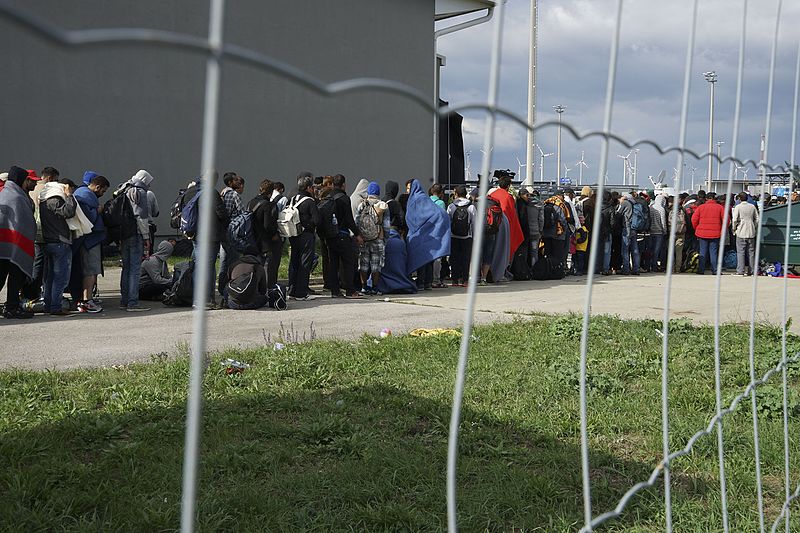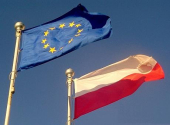
Around 100 asylum seekers depart Belgium for other EU countries every month due to their prior asylum applications in those countries, as reported by De Tijd on Saturday.
This information is based on data provided by State Secretary for Asylum and Migration, Nicole de Moor (CD&V).
During the first eight months of this year, Belgium returned more than 850 asylum seekers to other EU member states because these individuals already had pending asylum procedures in those countries. This represents a significant increase of 79% compared to the same period last year when 831 asylum seekers were required to leave the country.
The Office of the State Secretary for Asylum and Migration attributes this rise to the accelerated Dublin procedure and the establishment of a reception center in Zaventem, located just outside Brussels. This facility is specifically designed for individuals who have been previously registered as asylum seekers in another member state but have continued their journey to Belgium.
The Dublin procedure, as per European regulations, dictates that the country where an asylum seeker's fingerprints are initially recorded in the European database manages the asylum procedure. If an asylum seeker initiates a new asylum application in another EU country, that government can issue a readmission request to the first country where the asylum seeker was registered.
In practice, this system has not functioned effectively for several years. Many asylum seekers travel to different countries to start their asylum procedures. Some countries, such as Hungary and Bulgaria, decline cooperation or do not respond to requests to accept back asylum seekers. Additionally, transfers to Greece are sometimes prohibited by judges due to the subpar living conditions in Greek detention centers for asylum-seekers.
Regarding transfers, Belgium's performance is comparatively better than other EU nations. By the year's end, the number of transfers from Belgium will return to pre-COVID levels, estimated to be around 1,000 transfers annually. Photo by Mstyslav Chernov, Wikimedia commons.



































